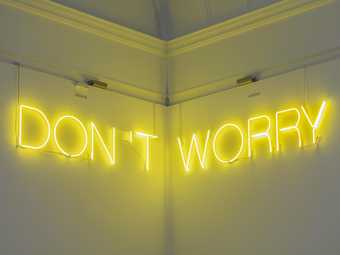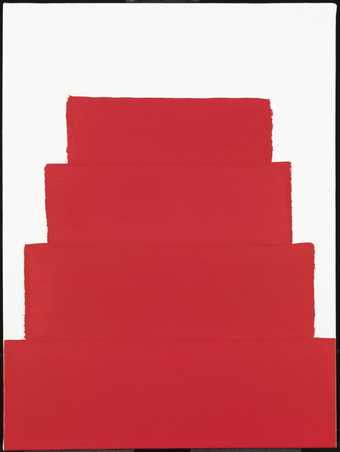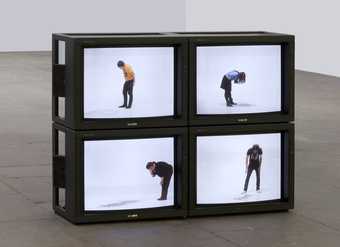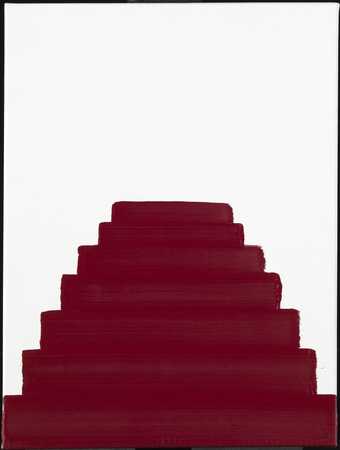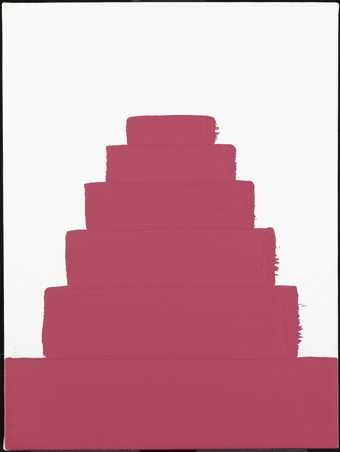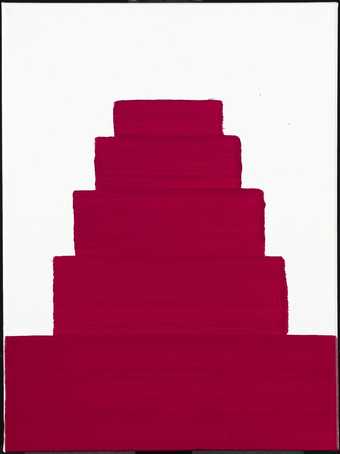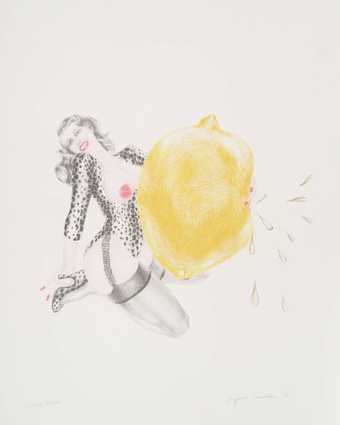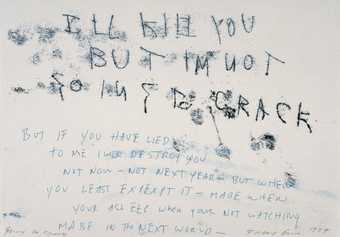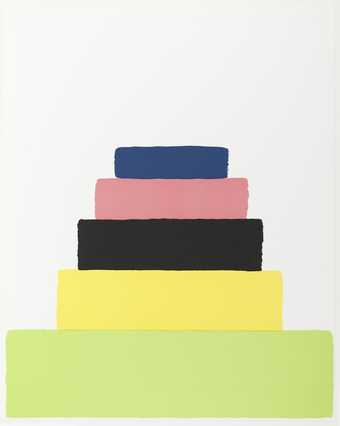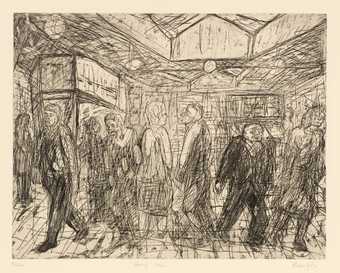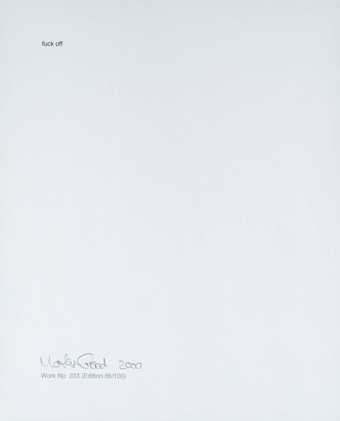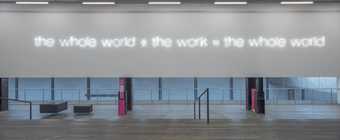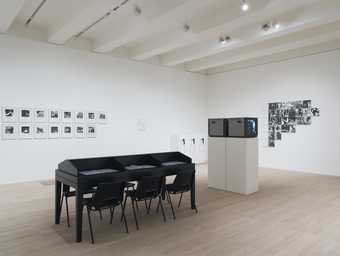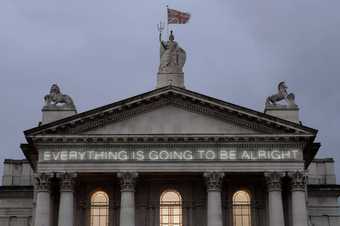- Artist
- Martin Creed born 1968
- Medium
- Gallery lighting
- Dimensions
- Overall display dimensions variable
- Collection
- Tate
- Acquisition
- Purchased with funds provided by Tate Members, the Art Fund and Konstantin Grigorishin 2013
- Reference
- T13868
Summary
Martin Creed’s Work No. 227: The lights going on and off consists of an empty room which is filled with light for five seconds and then plunged into darkness for five seconds. This pattern is repeated ad infinitum. In exploiting the existing light fittings of the gallery space, Creed creates a new and unexpected effect. An empty room with lighting that seems to be misbehaving itself confounds the viewer’s normal expectations. This work challenges the traditional conventions of museum or gallery display and, consequently, the visiting experience. Creed plays with the viewer’s sense of space and time and in so doing he implicates and empowers the viewer, forcing an awareness of, and interaction with, the physical actuality of the space. The work is simply titled ‘Work’ followed by a brief description and a number which forms part of the artist’s ongoing system for titling and cataloguing his work.
This work emerges from the artist’s ongoing series of investigations into commonplace phenomena. His subtle interventions reintroduce the viewer to elements of the everyday. Creed’s choice and use of materials – plain A4 sheets of paper, blu-tak, masking tape, party balloons, simple or ‘unpoetic’ language as text or as lyrics to songs – is a thoughtful celebration of the ordinary, a focused reading of the ambiguity of everyday stuff.
By identifying his works primarily through a numbering system, Creed accords them equal status, regardless of size or material. He has said ‘I find that it’s difficult to choose, to decide that one thing’s more important than the other ... So what I try and do is to choose without having to make decisions.’ (Quoted in Buck 2000, p.111.) His idiosyncratic approach is born out of this refusal to make decisions and a playful concern with the conundrum of wanting both to make something and nothing: ‘the problem was to attempt to establish, amongst other things, what material something could be, what shape something could be, what size something could be, how something could be constructed, how something could be situated … how many of something there could be, or should be, if any, if at all.’ (Quoted in Virginia Button, The Turner Prize: Twenty Years, London 2003, p.172.) His interrogation of his own motives reveals an anxiety about ‘making something extra for the world’ (ibid.). The economy of means of Work No. 227 exemplifies Creed’s attempts to make work with minimal physical intervention.
Further reading
Louisa Buck, ‘Martin Creed’, Artforum, vol.38, no.6, February 2000.
Martin Creed, exhibition catalogue, Ikon, Birmingham 2008, p.44.
Helen Delaney
May 2010
Does this text contain inaccurate information or language that you feel we should improve or change? We would like to hear from you.
You might like
-
Martin Creed Work No. 944
2008 -
Martin Creed Work No. 890: DON’T WORRY
2008 -
Martin Creed Work No. 1102
2011 -
Martin Creed Work No. 837
2007 -
Martin Creed Work No. 1103
2011 -
Martin Creed Work No. 1104
2011 -
Martin Creed Work No. 1105
2011 -
Margaret Harrison Take One Lemon
1971 -
Tracey Emin Going to Crack
1997 -
Martin Creed Work No. 1273
2011 -
Leon Kossoff Going Home
1984 -
Martin Creed Work No. 233
2000 -
Martin Creed Work No. 232: the whole world the work = the whole world
2000 -
Margaret Harrison, Kay Hunt, Mary Kelly Women and Work: A Document on the Division of Labour in Industry 1973-75
1973–5 -
Martin Creed Work No. 203: EVERYTHING IS GOING TO BE ALRIGHT
1999



